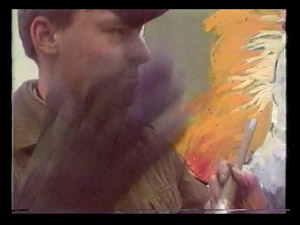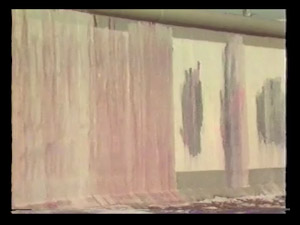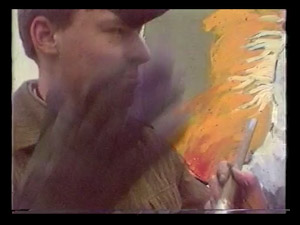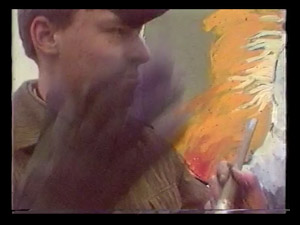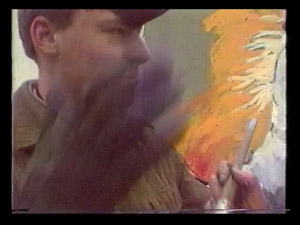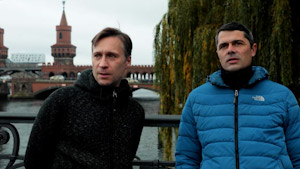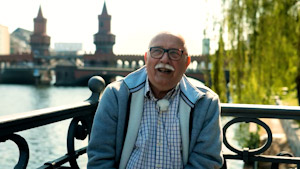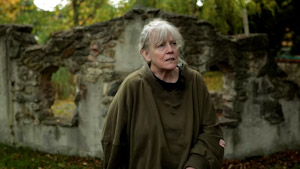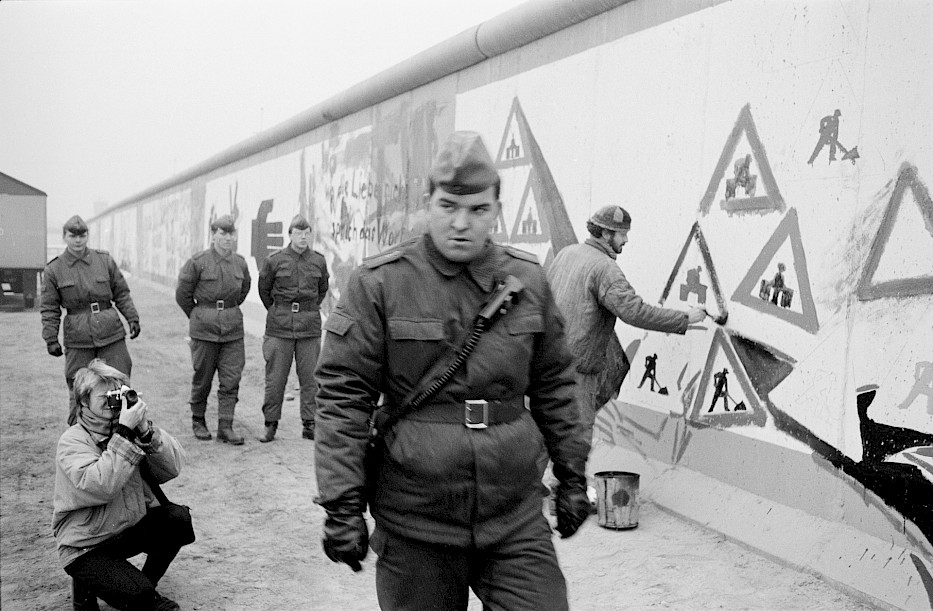
Artists painted the border wall from the East Berlin side for the first time in November 1989. East Berlin artist Manfred Butzmann came up with the idea and invited the Association of Visual Artists in the GDR to participate in the action at Potsdamer Platz. The French entrepreneur Daniel Boulogne paid for the paint; international media reported on the project; and GDR border guards observed the artists at work. Heike Stephan, Leo Wolf, Hans Mendau and Sylvia Allen-Sianescu were among the group of painters.
"Our action aims to bring cheer to our side of the Wall. We also want to preserve the Wall as a monument. [...] We don't want it to be forgotten."
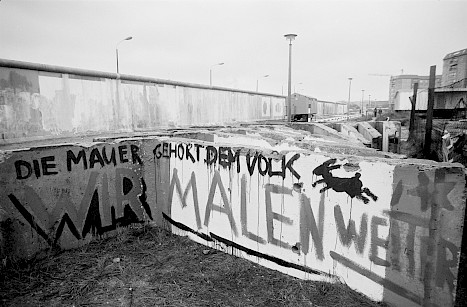
That same evening, members of the GDR border troops painted over the pictures with white paint. The Wall’s whiteness was in accordance with GDR regulations, but seemed out of place in the days immediately following the fall of the Wall. Journalists criticized the GDR's intervention. Heike Stephan and David Monty took the official route shortly thereafter: They applied to the Ministry of National Defense and were granted permission to paint a piece of the Berlin Wall. On 22 December 1989, GDR television reported on the official project to paint the Berlin Wall and to create the longest open-air exhibition in the world.
Contemporary witnesses remember
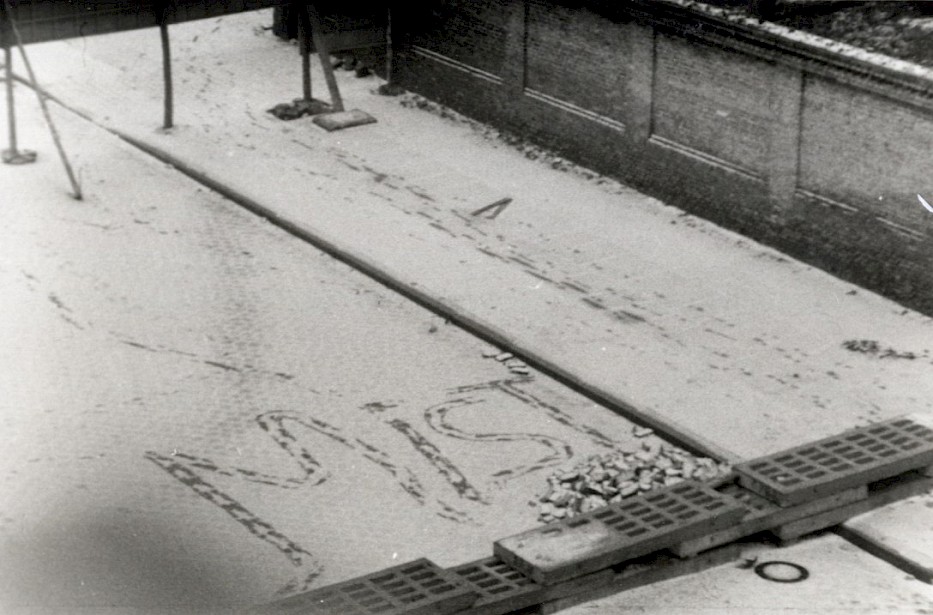
Contemporary witnesses remember
Additional information:
Photos, videos and information on Berlin Wall art: https://berliner-mauer.de/kunst
„Mauermalerei und Mauerspechte“ im deutschen Rundfunkarchiv: http://1989.dra.de/themendossiers/politik/mauer/mauermalerei-und-mauerspechte
Radio interview on DDR-Rundfunk with the East Berliner graphic artist Manfred Butzmann, November 1989: https://www.deutschlandfunk.de/die-ostseite-der-mauer-wird-verschoenert-sie-duerfen-jetzt-100.html
Wall Art to Preserve Parts of the Wall: the art action next to the Ministry of Environmental Protection in 1998
After the border opened, the Berlin Wall was almost completely dismantled. Sections of the Wall were preserved along Bernauer Straße and Niederkirchnerstraße in Berlin-Mitte and at the East Side Gallery. A few isolated segments that were initially preserved were eventually removed. In the late 1990s, construction plans called for the demolition of the Wall along Stresemannstraße near Potsdamer Platz. The owner of the Wall segments, an entrepreneur, invited artists to paint the inner wall in 1998. He hoped that the artwork might prevent future construction activities and the Wall segments would be able to stay in place. Thirteen artists participated in the action, including a few who had painted at the East Side Gallery as well: Thierry Noir, Kiddy Citny, Kani Alavi and Birgit Kinder. Unfortunately, the murals failed to stop the Wall’s demolition. Today, the Environment Ministry annex stands on the grounds where this section of the Wall once stood. The painted sections of the Wall are now on display inside the ministry.
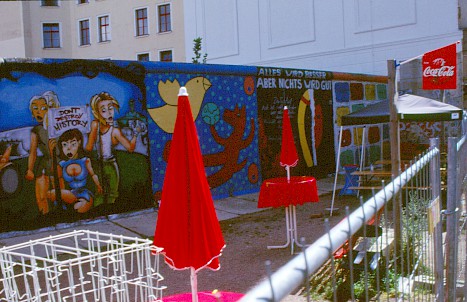
Documentation:
Website of the Federal Ministry for the Environment, Nature Conservation, Nuclear Safety and Consumer Protection: https://www.bmuv.de/ministerium/ein-haus-mit-bewegter-geschichte
Report about the artist Uta Bella Donner: https://ute-bella-donner.weebly.com/bemalung-der-berliner-mauer.html
Fotoauswahl von Birgit Kinder: https://www.birgit-kinder.de/galerie/potsdamer-platz-berliner-mauer-trabi-we-come-together/
